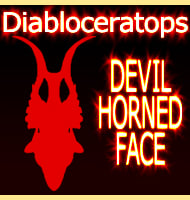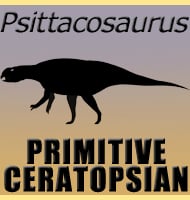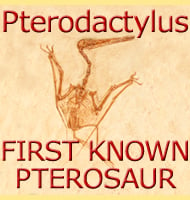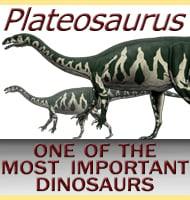Diabloceratops
In Depth Although named in 2010, the skull of Diabloceratops was discovered in 2002. The first thing about the skull of Diabloceratops is that it has two large horns that rise from the top of its neck frill, that then curve slightly to the sides. These ‘Devil horns’ are the reason why Diabloceratops got its … Read more



